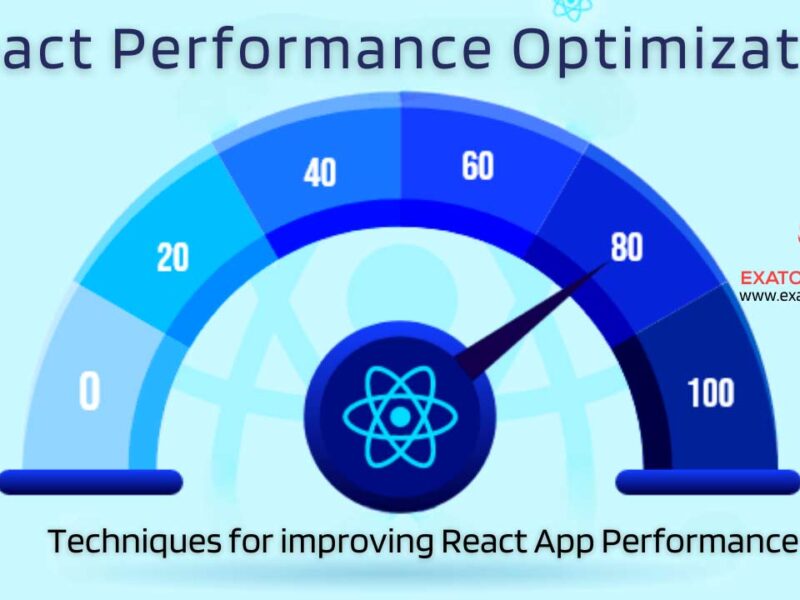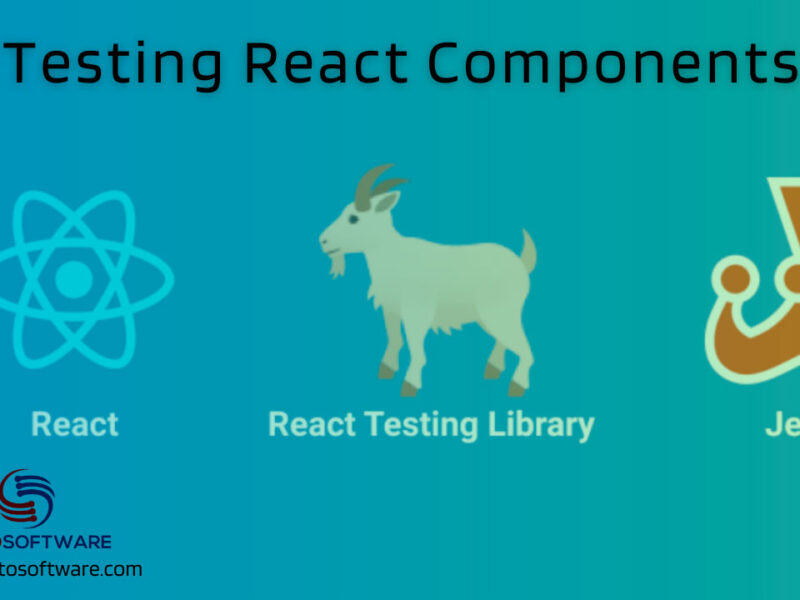Introduction
Writing clean code is a crucial aspect of software development, and React, a popular JavaScript library for building user interfaces, is no exception. Clean code not only enhances the readability of your codebase but also promotes maintainability and collaboration among developers. In this blog post, we’ll delve into the best practices and patterns for writing clean code in React, covering key concepts that will help you create efficient, scalable, and maintainable React applications.
1. Component Structure and Organization
When organizing your React components, adhere to the Single Responsibility Principle (SRP) by ensuring that each component has a clear and focused purpose. This makes your components more modular and easier to understand.
– Folder Structure: Adopt a consistent and well-thought-out folder structure. Group components, styles, and tests together for each feature or module.
– Container and Presentational Components: Distinguish between container components (handling logic and state) and presentational components (focused on UI rendering). This separation enhances maintainability and testability.
– File Naming: Use meaningful and descriptive names for your components and files. Follow a naming convention that provides context about the component’s role.
2. State Management and Props
Proper state management and prop handling are crucial for clean code in React applications. Follow these practices:
– Stateless Functional Components: Prefer functional components over class components, and use hooks (e.g., useState, useEffect) for state management.
– Immutable State: Avoid directly modifying the state. Instead, use methods like `setState` to update the state in an immutable way.
– Props Validation: Utilize PropTypes or TypeScript to validate props. This helps catch potential bugs early and makes your components self-documenting.
3. Destructuring and Default Values
Leverage destructuring for cleaner and more concise code:
– Destructuring Props and State: Instead of accessing props and state directly, destructure them in the function signature or within the component body.
– Default Values: Provide default values for optional props to improve component robustness and ensure graceful handling of undefined or null values.
4. Conditional Rendering
Write clean and readable conditional rendering logic:
– Ternary Operators and Short-circuits: Use ternary operators for simple conditions and short-circuit evaluation for concise conditional rendering.
– Conditional Classes: When applying conditional styles, use classnames library or template literals for a cleaner syntax.
5. Event Handling
Proper event handling enhances the maintainability of your code:
– Arrow Functions: Prefer arrow functions for event handlers to ensure the correct context (`this`) and avoid potential bugs.
– Event Delegation: When handling similar events on multiple child components, consider using event delegation to reduce redundancy.
6. Reusable Components and Higher-Order Components (HOCs)
Encourage reusability and modularity through the following techniques:
– DRY Principle: Identify repeated patterns in your code and extract them into reusable components.
– HOCs and Render Props: Use higher-order components or render props to encapsulate and share common functionality across components.
7. Error Handling and Debugging
Adopt strategies for effective error handling and debugging:
– Error Boundaries: Implement error boundaries to gracefully handle errors and prevent entire component trees from failing.
– Debugging Tools: Leverage browser developer tools and React DevTools for efficient debugging.
8. Testing
Ensure the reliability of your code through comprehensive testing:
– Unit Tests: Write unit tests for individual components and functions using testing libraries like Jest and React Testing Library.
– Integration Tests: Conduct integration tests to ensure that different components work seamlessly together.
9. Documentation
Maintain clear and up-to-date documentation to facilitate collaboration and understanding:
– Code Comments: Use comments sparingly, focusing on explaining complex logic or decisions that may not be immediately obvious.
– README Files: Provide a comprehensive README file with instructions on setting up the project, running tests, and any other relevant information.
Conclusion
Mastering clean code in React involves adopting a set of best practices and patterns that enhance readability, maintainability, and collaboration. By following the guidelines outlined in this post, you’ll be well on your way to creating efficient and scalable React applications that are a joy to work on for both you and your fellow developers. Remember, clean code is not just a goal; it’s an ongoing commitment to craftsmanship in software development.



